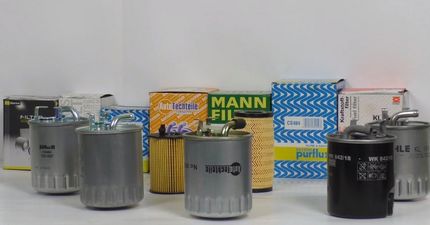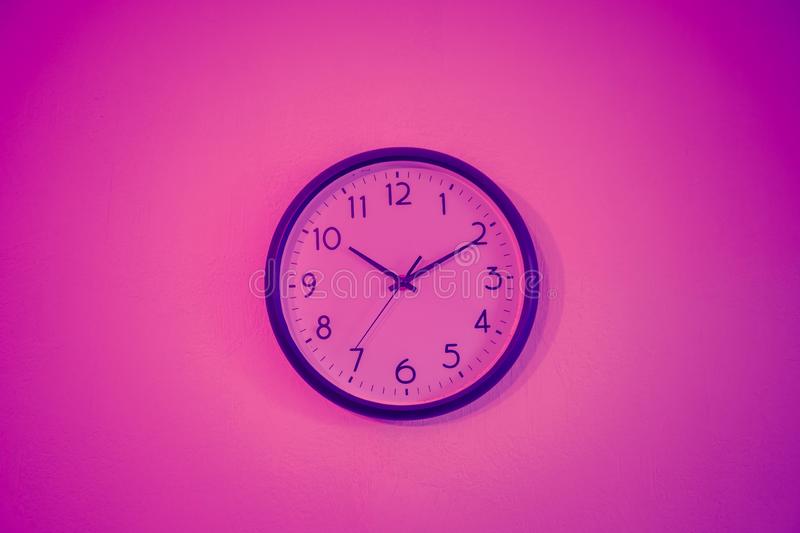
Is the fuel filter the same for petrol and diesel?
It is difficult to answer the question thus posed. Fuel filters installed in spark ignition and compression ignition engines perform the same function. It consists in the retention of various kinds of harmful impurities that could get inside the drive unit. However, there are significant differences between them, mainly due to the different properties of gasoline and diesel fuel.
More often at one point
There are also differences in the operation of filters installed in gasoline engines. These are units with single or multi-point fuel injection. In the case of the former, more frequent checks are needed (mainly due to the greater loading of the filter with fine impurities) than in the case of multi-point injection. The reason is the so-called circulation with excess. What is it about? In systems with single point injection, gasoline entering the injection module is not completely injected into the intake manifold - its excess returns to the tank, causing the filter loading mentioned above. The latter should be replaced, of course, outside the recommended periods, with each repair of the power supply system. It should be remembered that the new fuel filter has parameters in accordance with the parameters set at the factory.
How to change the fuel filter on spark ignition engines?
In newer vehicles, the fuel filter is most often in the form of a metal can with fuel lines connected to it (either completely replaceable or with only a replaceable cartridge). The fuel filter is most often located near the nozzles of the MacPherson column or on the bulkhead of the engine compartment. In some, especially older vehicles, it may be near the fuel tank or along the fuel lines. The filter replacement process itself is very simple: just tighten the rubber ends of the hoses and remove the clamps, then pull out the old filter and insert a new one. Pay attention to the direction of fuel flow (usually marked with arrows on the body) and fasten the nozzles in the same way as they were installed in the removed filter. It will be difficult or even impossible to replace the fuel filter yourself if it is in the tank (in this case, special wrenches will be required to replace the filter).
After installing a new filter on a vehicle with a gasoline engine, turn the ignition key to the ignition position several times. This is to ensure that the fuel pump fills the system with gasoline at the correct pressure. Attention! After replacing the gasoline filter in modern cars, do not forget to bleed the fuel rail.
By engine type
In addition, in the case of diesel fuel filters, special care must be taken to ensure that they match the specifics of the engine. Otherwise, a situation may arise, for example, during a sharp acceleration, that the CDI (common rail) controller will go into emergency mode and the drive will turn off. Before installing a new fuel filter, fill it with clean diesel fuel.
After installing on the car and starting the engine, it is recommended to keep it at high speeds (1500-2000 rpm). The idea is to remove any remaining air from the filter and the entire fuel system.
How to change the fuel filter on a compression ignition engine?
The next step is to bleed the fuel system. In older vehicles (mainly with low-pressure prechamber injection systems and in-line or rotary pumps), a special pump is used for this in the form of a rubber roller on the fuel lines or a button in the filter housing. . Press it until the entire system is filled with fuel. Modern direct injection diesel engines with electric feed pumps (injector or common rail) do not require mechanical ventilation. It is enough to hold the ignition key in the ignition position, including the starter, until the engine starts.
When to change the fuel filter?
In the case of fuel filters, as in the case of other consumable parts, their replacement depends on the manufacturer's instructions. With a normally used car, the annual mileage of which is about 15-60 km, the average time for replacing a fuel filter should be 10 thousand. km or once a year, if the distance traveled during this time was less than 120 thousand km. However, some manufacturers (mostly Japanese) recommend replacing it only after running for kilometers. km. If we are talking about cars with LPG installations, then the replacement of gasoline filters should be multiplied by two (the gas filter should be changed much more often). On diesel engines, the fuel filter should be replaced before each winter. This is especially important, since at this time the most water, heavy oil fractions and paraffins accumulate in the fuel filter, i.e. substances harmful to the engine.

